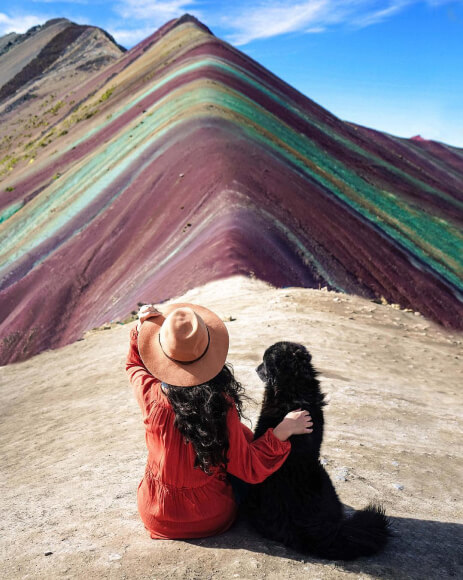About
The aim of HowtoPeru is to provide information about the various aspects of Peru travel, from planning your trip to traveling in Peru and then all the way back home again (if you decide to go back home…).
Whether it’s your first trip or you are a seasoned traveler, the information here is designed to cover all aspects.
Many of the Peru travel tips that you will find here are equally relevant for trips throughout South America. A lot of backpackers will be doing a grand tour of the continent, traveling from one country to the next, so any helpful advice found here can literally go a long way.
